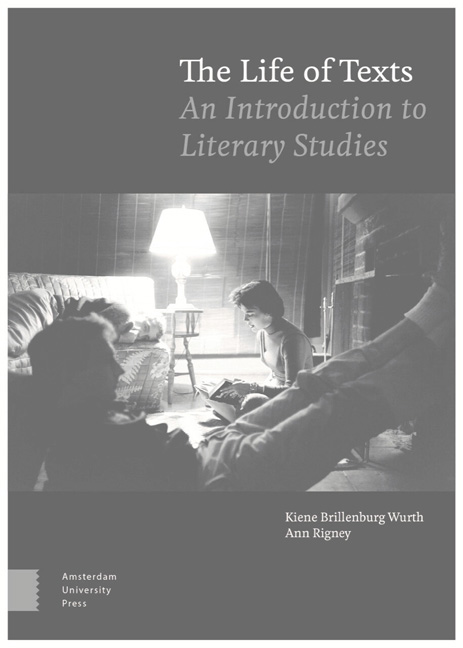6 - Readers, Reading
Summary
Introduction
In Chapter 3, we saw how in the 1960s the ‘death of the author’ in literary theory witnessed the birth of the reader as a central point of concern. To us, contemporary scholars and readers, the idea of a reader bringing a text to life is entirely natural. We live in an age of user participation: of self-publishing and open access, fan fictions, YouTube platforms and podcasts. We live in the age of the ‘amateur’ (from Latin amare ‘love’ and amator ‘lover’): an age that facilitates the partaking of audiences in the making of art, literature, movies, and music. As students and lovers of literature, moreover, we come from a relatively recent tradition (starting in the 1950s and 1960s) that has given ample space to readers in the life of literary texts. From this time onward, more and more space, freedom, and prominence would be given to that reader in the process of actualising a text. Works like Hopscotch (Rayuela; 1963) by Julio Cortázar illustrates the point. Rayuela can be read in different ways: in linear fashion from Chapter 1 to Chapter 56 or by jumping back and forth (‘hopscotching’) through all of its 155 chapters. Readers can follow a set of instructions provided in the novel to navigate their way. Thus, the path chosen by a single reader determines the ‘outcome’ or realisation of the novel in that reading. Even more generous, The Unfortunates (1969) by B.S. Johnson (1933-1973) grants the reader complete freedom in creating the order of the work and, thus, in the unfolding of events. Espen Aarseth (b.1965) has termed such texts ergodic: texts through which the reader has to actively navigate a way in order to generate a story or a storyline.
However, reading has not always been what it is today, in the age of user participation. It has a history. In comparative literary studies we must take stock of this history: of how reading has evolved over time, and of the factors that helped to shape literature as an art of letters in the first place. We must also take stock of the differences in reading practices between social classes and cultural groups and how these differences can be researched. Since the 1960s new methods have been developed to study how people read in the past and how they read today.
- Type
- Chapter
- Information
- Life of TextsAn Introduction to Literary Studies, pp. 205 - 240Publisher: Amsterdam University PressPrint publication year: 2019



